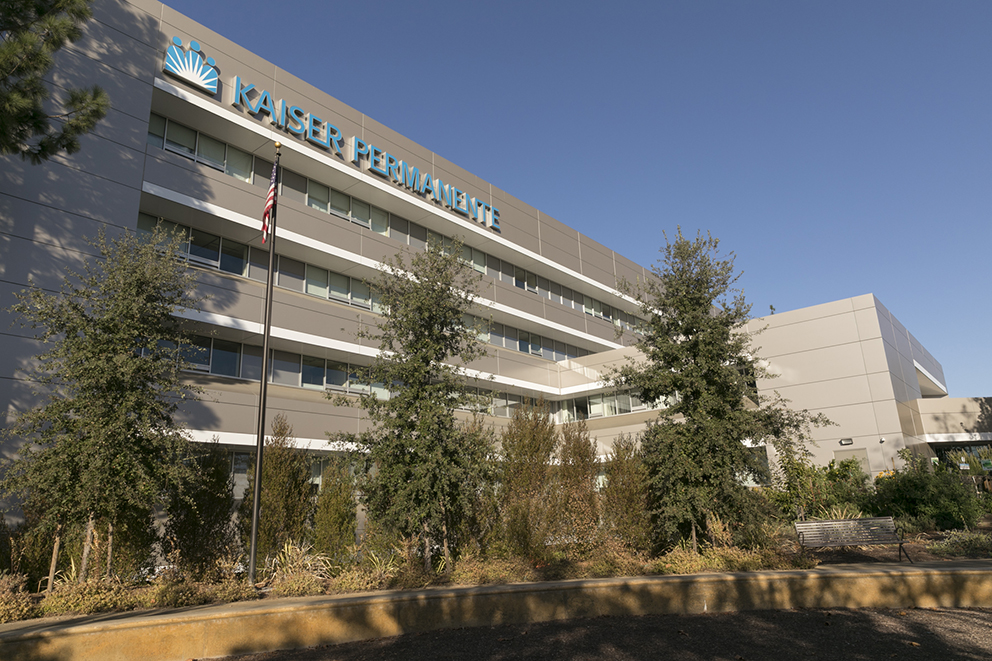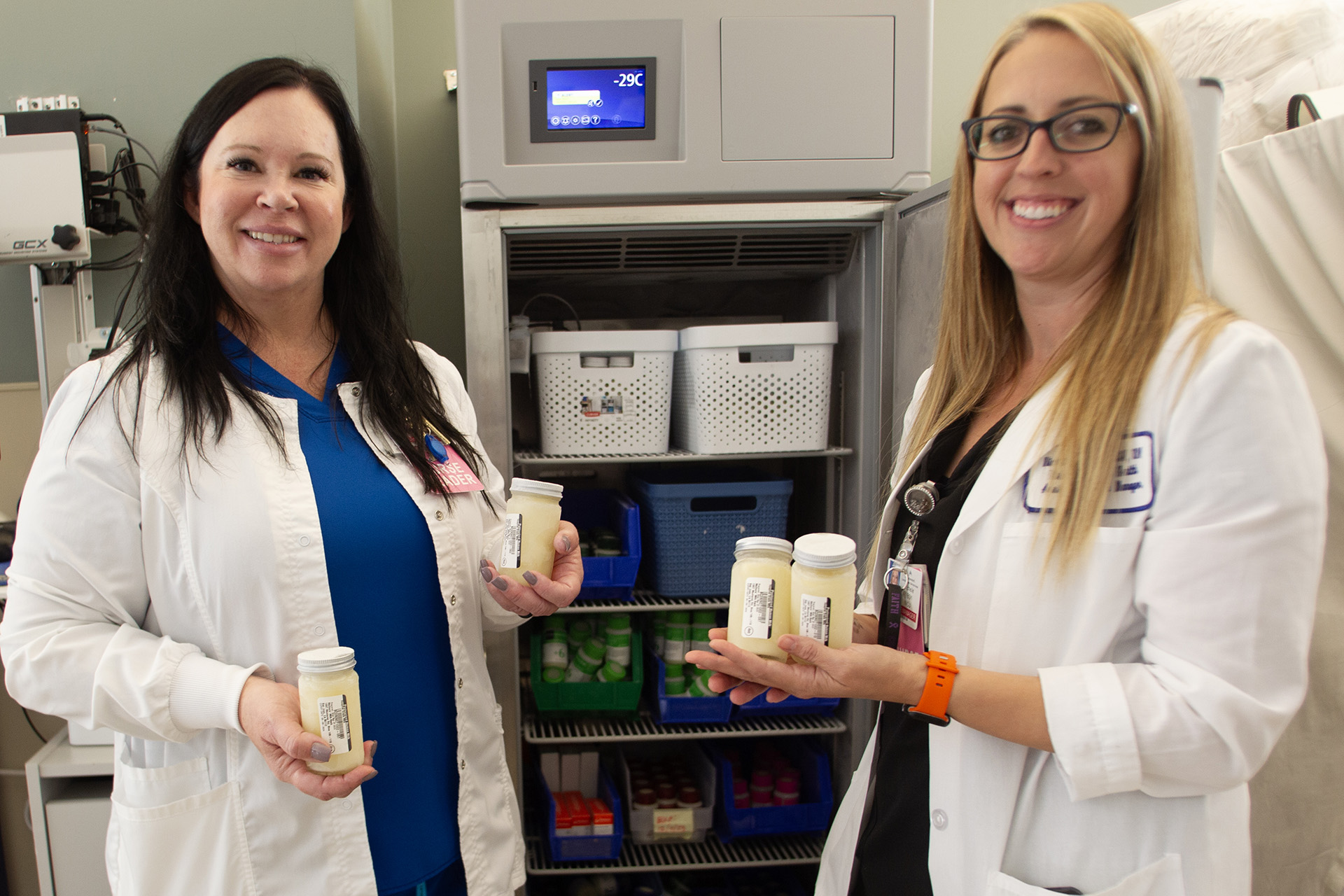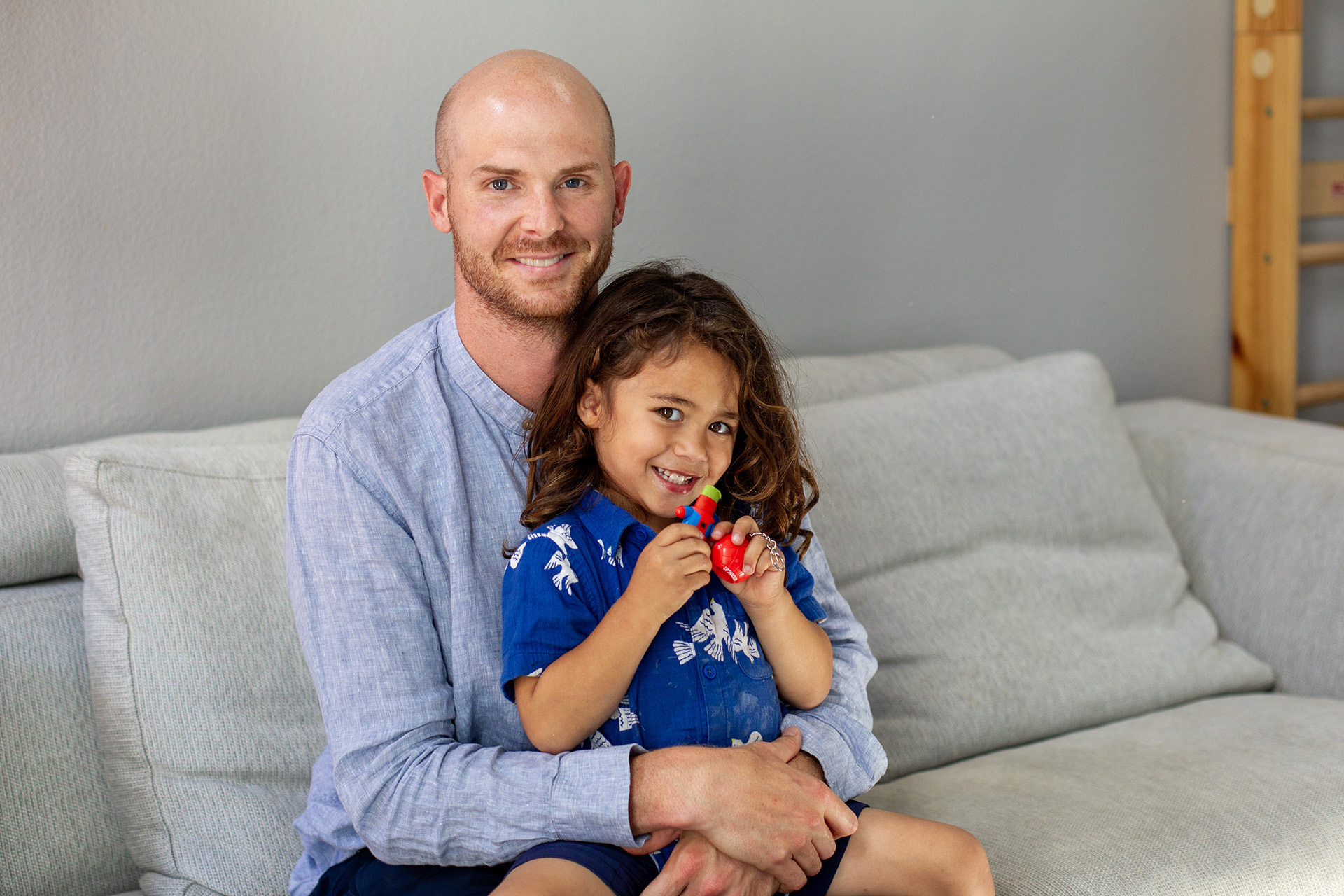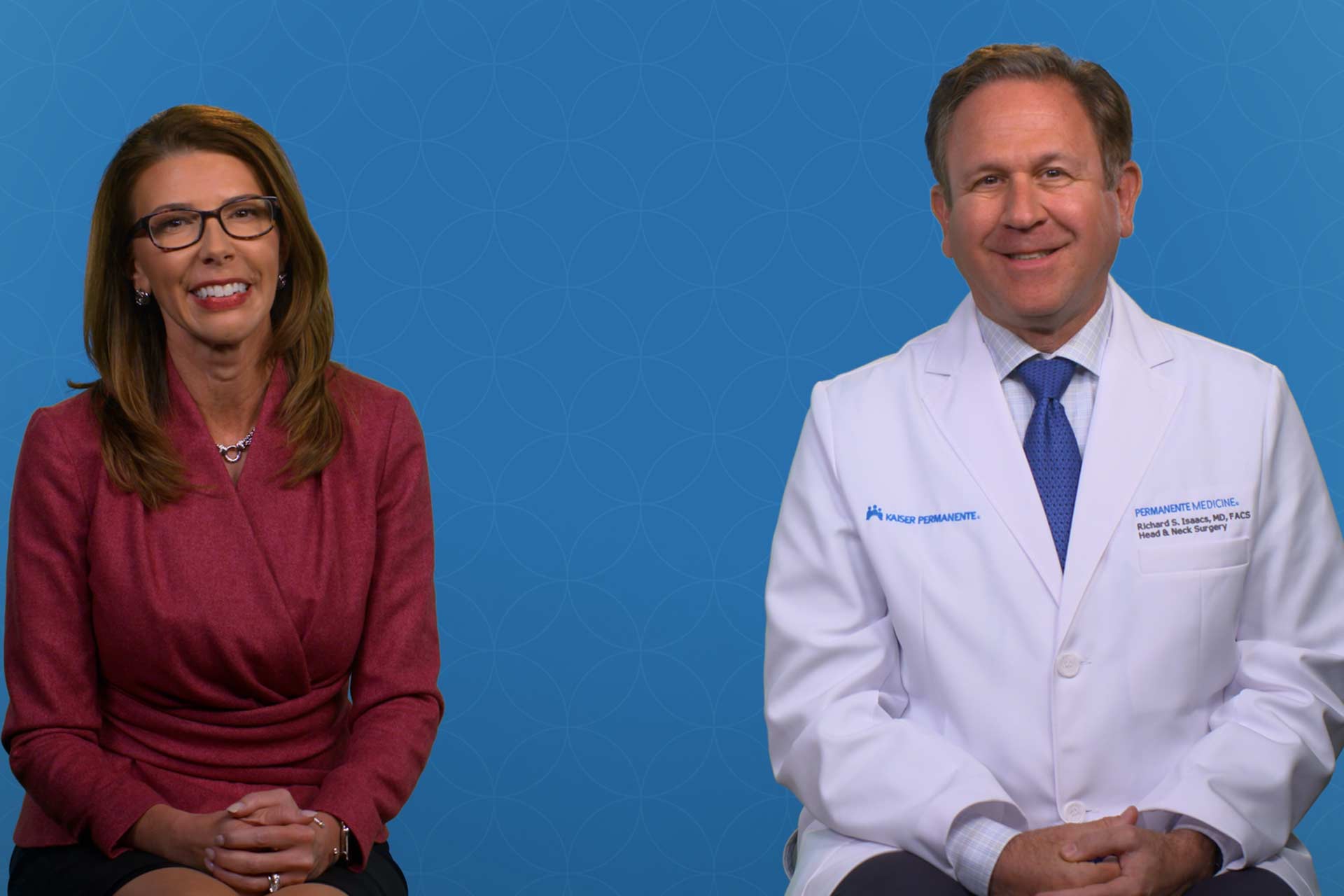The North Bay fires forced the evacuation of the Kaiser Permanente Santa Rosa Medical Center. How are employees and physicians doing now?

It was 1:15 in the morning of October 9 when Judy Coffey, RN, Marin-Sonoma senior vice president and area manager, got the call at home that smoke was bothering patients and staff in the Kaiser Permanente Santa Rosa Hospital.
Coffey called Tom Hanenburg, senior vice president of Hospital & Health Plan Operations. They learned the smoke was worsening, and sent out an emergency notification, or Tier 1.
Next, Coffey noticed the smoke at her home in the Fountaingrove neighborhood of Santa Rosa, and called Joshua Weil, MD, assistant physician in chief for Hospital Operations, who was on duty in the Emergency Department.
“He said, ‘I think my house just burned down,’” Coffey remembered. “At that point, we activated Tier 2: calling in everybody who could make it to help at the facility.”

A Hasty but Successful Evacuation
By 2:30 a.m. the hospital command center was opened. A regional command center followed one hour later, and within minutes, Dr. Weil called the evacuation order. Employees and physicians loaded more than 100 patients — including women in labor and ICU patients — into ambulances, city buses, and, in some cases, their own cars to get them safely to other hospitals, including Kaiser Permanente San Rafael.
Fanned by wind and fed by parched vegetation, the multiple North Bay blazes destroyed nearly 9,000 structures and scorched around 210,000 acres. To date, there are 43 confirmed deaths and many people injured.
With the Santa Rosa Medical Center closed, Kaiser Permanente hospitals throughout Northern California pitched in.
“We received tremendous support from local physicians, nurses, and staff as well as from our Northern California leaders and medical centers,” Coffey said. “Santa Rosa Memorial Hospital and our Kaiser Permanente sister facility in San Rafael opened their doors to receive and care for our patients.”

“The disaster proved that we can count on each other in a crisis,” said Dr. Weil. “And that’s what we think of as a real high point — just knowing how much people have your back.”
Vicky Locey, RN, chief operating officer and chief nursing executive, said her phone “blew up with messages” in the wee hours of Oct. 9.
Unable to go the hospital, the 28-year Kaiser Permanente employee set up shop in downtown Windsor, 9 miles north of Santa Rosa, to manage her patient care responsibilities. She has referred to employees and physicians as family — and said that their closeness is now magnified.
Reopening After Disaster
On a late October visit to the Santa Rosa Medical Center, one would barely know the Kaiser Permanente community had faced the worst disaster in the organization’s history — and the deadliest week of wildfires on record in California.
Employees and physicians moved with purpose through the facility’s halls, which smelled of scrupulous cleaning, not smoke. Members received flu vaccinations in a lobby clinic and the parking lots were full.

But a closer look showed people hugging and talking urgently. After all, the medical center had just reopened on Oct. 25. And everyone had a story to tell.
On that first night of the fires, Judy Coffey lost her own home, driving her husband, who was recuperating from knee surgery, through falling, burning trees to safety. Dr. Weil listened in anguish on the phone as his terrified wife and daughter escaped through a wall of fire.
So far, about 1,200 employees and physicians are displaced by the disaster. While supported by emergency monies, grants, and loans from the organization, including Kaiser Permanente’s donation of $250,000 to the Red Cross, it will take a long time to rebuild homes and longer still to recreate lives.
A Glimpse of Green
Camille Applin-Jones, RN, the medical group administrator, was evacuated from her Solano County home. Having served in the U.S. Army during Desert Storm, she likened the fear, uncertainty, and shock of the fires to war.
“I’ve seen a lot of pain and loss, but also a spirit of resilience like I’ve never seen before,” she said. “A nurse from Pediatrics said that our landscape is changed, but just over the hill you see a glimpse of green. That is a beautiful way to see a new day on the horizon.”

When the facility reopened, she recalled another happy sight: children skipping through the lobby on their way to the temporary daycare provided for staff left without child care.
Michael Shulman, MD, physician in chief for only 8 days when disaster struck, returned to his evacuated home after a week, and felt “so proud and appreciative of Kaiser Permanente’s response in the crisis.”
“All of the other medical centers came to our assistance; individuals, departments, and physicians reached out. It was a regionwide and even Programwide effort, in any and all ways. It was tremendous and it was inspiring.”
“I see the amazing spirit, cooperation, support, kindness, and resilience of our community,” added Coffey.





This Post Has 0 Comments